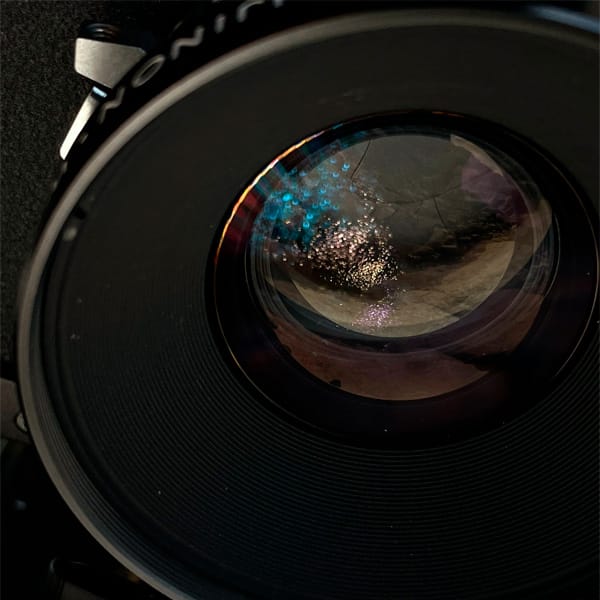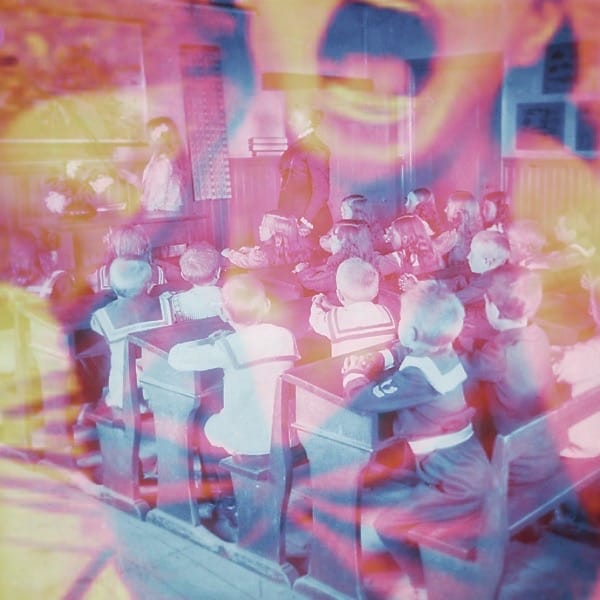#EN2.7 Summer gardening
Thesis writing and new beginnings.

This is going to be a very short post full of news.
Twenty days ago I became a mom. That means I will spend (we will, Luigi and Kira too) this summer nurturing this new family, trying to put down deep and stable roots.
It’s hot, so hot, which only makes sleep deprivation even more difficult to deal with. It’s like gardening in the middle of August, in the blazing sun: dusty, tiring, and sweaty, with no immediate results.
But, after all, we are fine, moving forward one day at a time, baby steps. There’s also this strange new feeling: like I’m being passed through by a flow of new and powerful energy that I couldn’t even imagine before. It’s fear, it’s happiness. It’s every single emotion boosted at 500%.
Of course, a lot of this energy goes into the daily care of little Giada. But there’s a part of it that stays with me, which I am trying to keep to finish writing my thesis and to pursue my photographic research.
For a year now, I have been exploring the topic of mental health through images and photography.
I have not yet come to a conclusion, which may not even be there. That of madness is a void, which it’s always others who fill: institutions, doctors, artists, and experts.
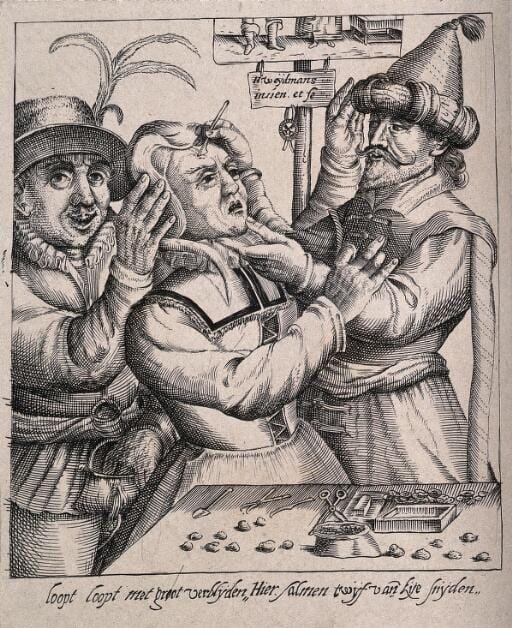

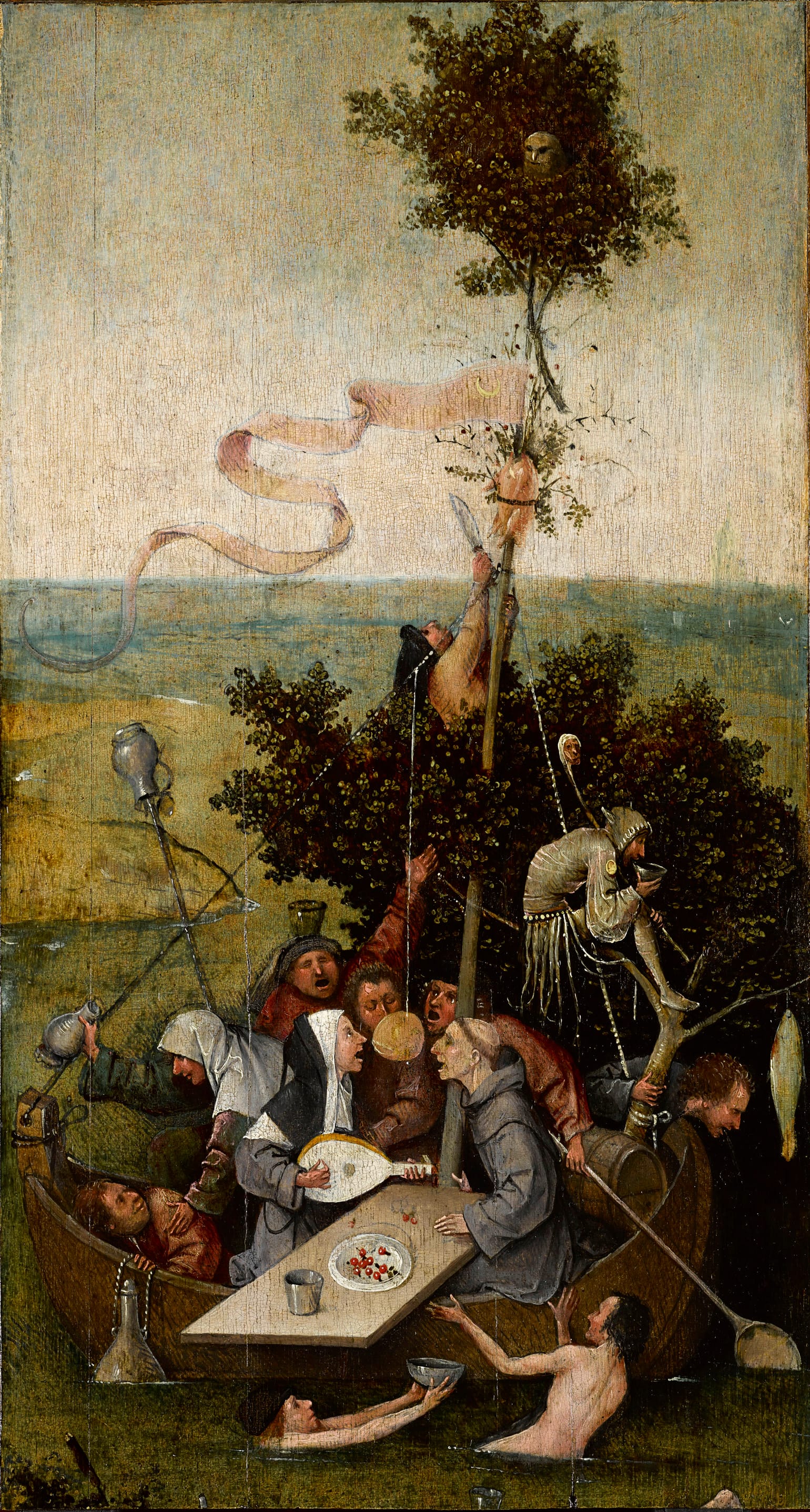
At first, I thought I would produce work on representation, looking for new ways to talk about mental illness through photography. But even the concept of representation itself comes with a full load of issues that deserve to be discussed.
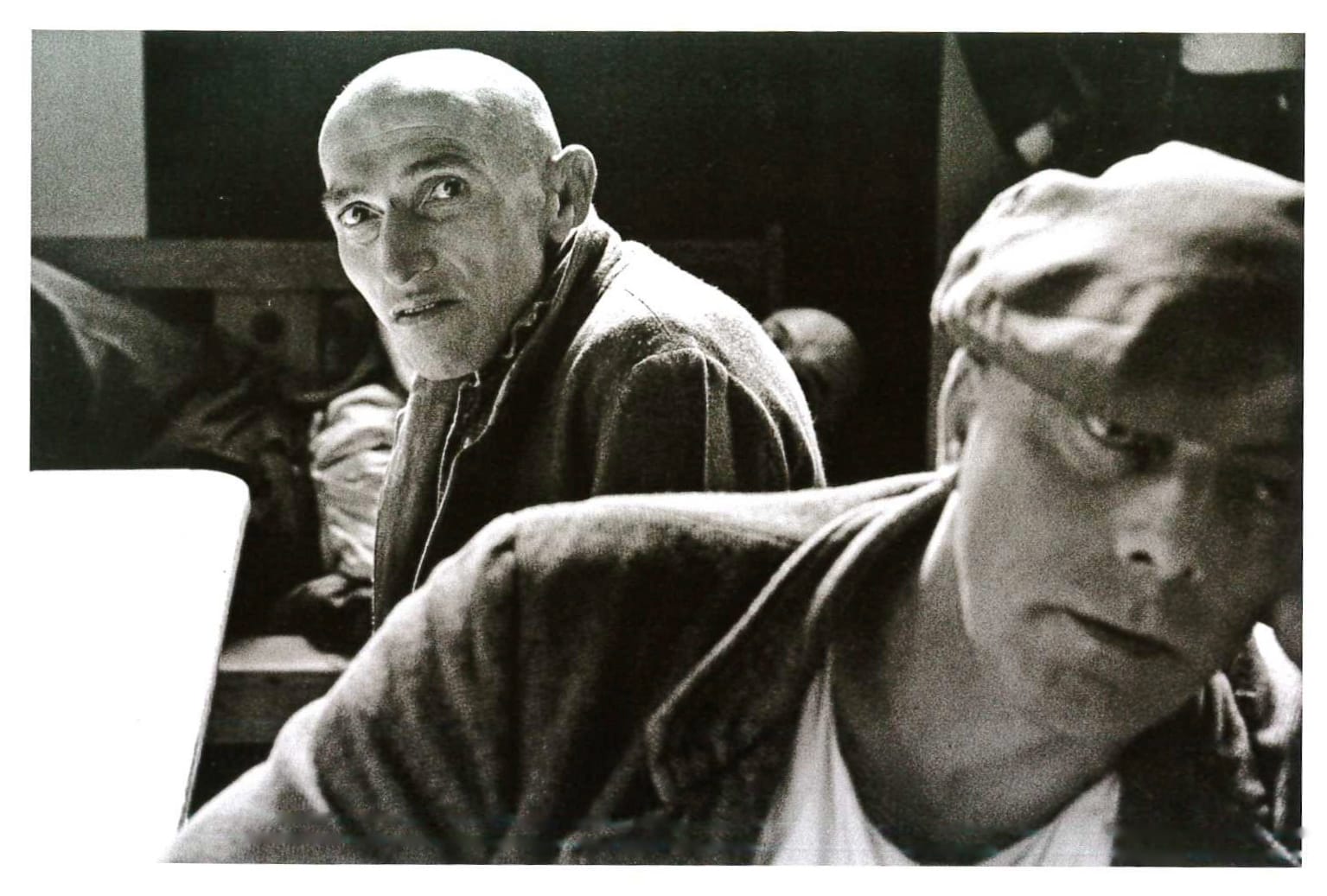
I then also thought of exploring the therapeutic uses of photography as well, but in doing so I could not ignore the way photography has contributed to classifications and stereotypes.
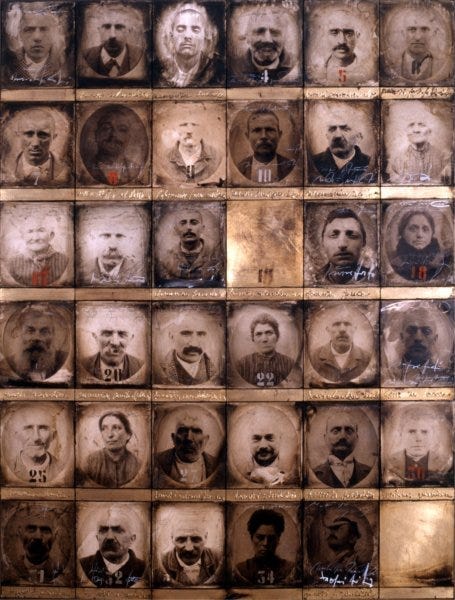
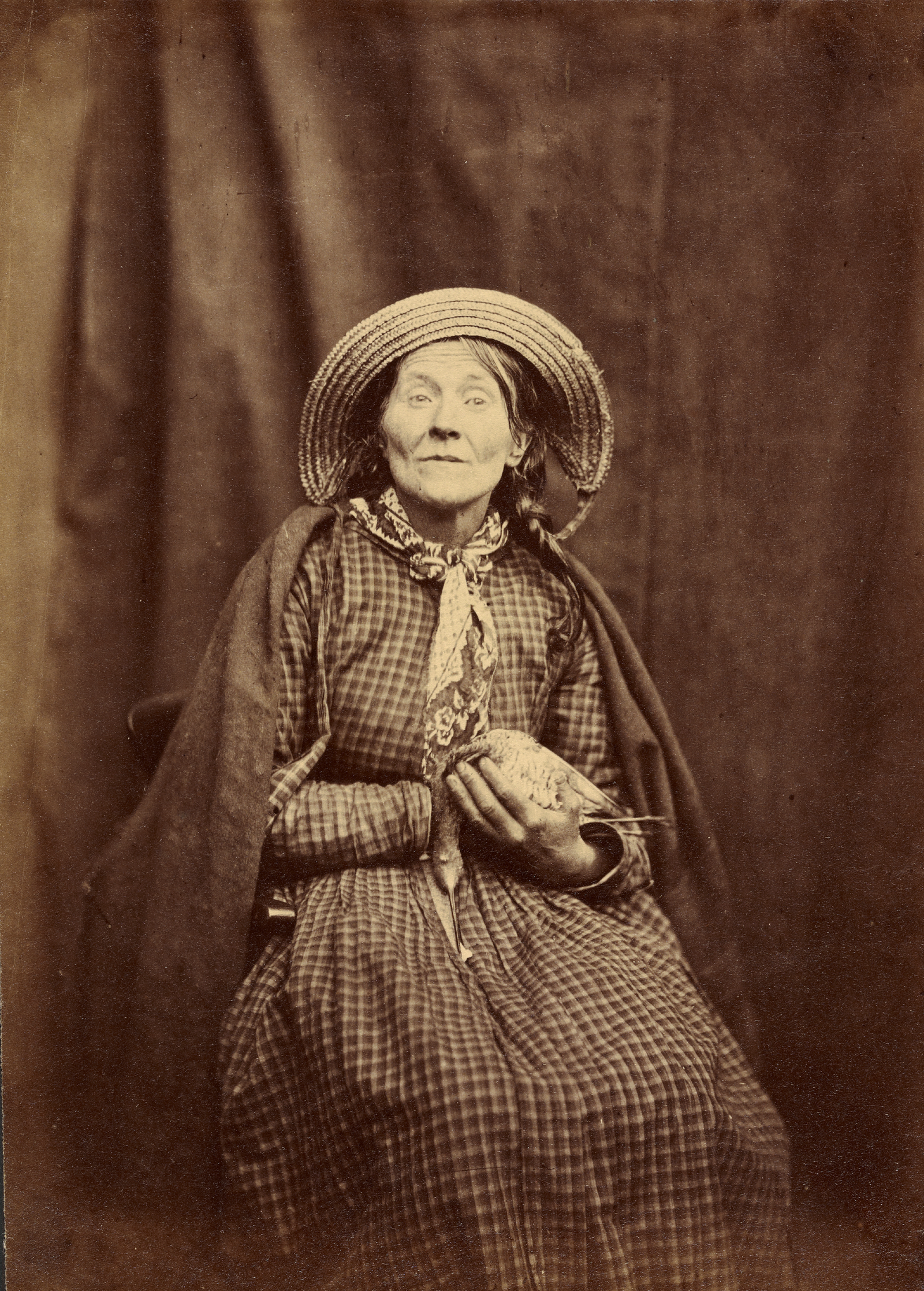
«Along with many others at the dawn of photography, Diamond believed in the apparent objectivity and realism of the faithful photographic record, “free altogether from the painful caricaturing which so disfigures almost all the published portraits of the Insane as to render them nearly valueless for purposes of art or of science”. However, Diamond’s photographic images were not objective depictions of mental illness but rather reflections of the predominant cultural understanding and iconography of the Victorian era». Cambridge University Press, Hugh Diamond, the father of psychiatric photography – psychiatry in pictures, 2021.
I am a long way from the conclusion. This thesis will be a starting point rather than an arrival. But as they say, “It’s not the destination, it’s the journey”.
«[...] is that research is a mysterious adventure that inspires passion and holds many surprises. Not just an individual but also an entire culture participates, as ideas sometimes travel freely, migrate, disappear, and reappear. In this sense, ideas are similar to jokes that become better as each person tells them». Umberto Eco, How to Write a Thesis.
